Linux Chmod Directory And Contents
Chmod -R 755 can change the permissions recursively but it will change same permissions for everything, folders,subfolders and files.

Linux chmod directory and contents. To selectively change permission, use find command to get the directories or files and then change mode. File/Directory permission is either Read or Write or executable for either user or group or others. Chris Down’s answer could still fail if there are a lot of files in the first directory.
The format of the command is chmod XXX -R directory-location. Whoever has `write' permission can create and delete files in that directory;. The Linux command chmod allows you to control exactly who is able to read, edit, or run your files.
There are three sets of permissions. In Linux, access to the files is managed through the file permissions, attributes, and ownership. In this, the 9 characters from 2nd to 10th position represents the permissions for the 3 types of users.
Hi, OS - Unix, linux (all unix flavors) My requirement. If you have a number of sub-folders and files within the SHARE directory, and you want the permissions to apply from the parent object (the containing folder) to the child objects (the sub-folders and files), you must use the -R (recursive) switch so the same permissions are applied all the way to the deepest folder, contained within the parent. To create directories in Linux, you can open Terminal and use the command line with the mkdir command.
Mykyta Dolmatov / Getty Images. I tried using ls -Rd * to see if that would list all the direcotories (thinking I could pipe it to chmod command) and it only lists the directories in the current directory, it doesn't recurse through. By joining our community you will have the ability to post topics, receive our newsletter, use the advanced search, subscribe to threads and access many other special features.
Users can execute/run file as command and they. It takes the following syntax:. By issuing these commands, you can change groups of files and directories in Linux.
To check directory/file exists and then change the permission of the directories/files. Now, to verify if the permission is applied successfully, navigate to the “files” directory using the “cd” command and then run the “ls –l” command.From the following input, you can see that the permissions have applied successfully to all the files under the parent directory. Chmod a=r foldername to give only read permission for everyone.
The chmod command in Linux/Unix is abbreviated as CHange MODe. Run Chmod separately for files and directories If you are a Linux user, you have probably heard about the console app chmod. Chmod command is used to change access permission of files and directories in Linux operating systems.chmod stands for change mode.Access permissions specify whether a user account or group can read, write, or execute a given file and directory.
Find directories and change mode to 755 $find /home/james -type d -exec chmod 755 {} \;. Specify whether it is searching for a directory -type d or a file -type f. One set for the owner of the file, another set for the members of the file’s group, and a final set for everyone else.
Try to be very specific on giving the all rights to all files and directories. Others can read only". Ls ~ For Further Information.
Find ./mydir -type d -exec chmod 755 {} \;. This tutorial covers how to use the chmod command to change the access permissions of files and directories. The basic syntax of the chmod command is shown below:.
Set the permissions of file.htm to "owner can read and write;. Permission is divided into three categories Read – This permission when granted allows user to open and read contents of files. How to chmod files only on Linux There are several ways to apply a chmod to files recursively on Linux.
You are currently viewing LQ as a guest. Yesterday I did something stupid which I today realised. The chmod command in Linux is used to change file and directory permissions using either text (symbolic) or numeric (octal) notation.
The chmod command has a nice shortcut for setting the executable bit only on directories, like so:. Examples chmod 644 file.htm. The command executed here is chmod 777 -R home and it gives 777 permission to the folder home itself, also to all of the files and sub-directories inside this folder.
Is there an easy way out to achieve this on a Linux or Unix-like systems?. /root# chmod o-rwx * .* This supposed to remove read, write and execute permissions for the world on all files in the current directory (/root).As soon as I did this, screen behaved weird, I couldn't run commands as a non-root user, and ssh refused to work unless I logged in with root. It will not only apply the permission to the parent “files” directory but also to the files under it.
The following screenshot shows the execution of the command on a Linux Environment. Chmod command is useful to change permission for Files and folders in Linux/Unix. Group can read only;.
Chmod is an abbreviation for change mode;. It has -R or –recursive option that change files and directories. Change File Permission with Find.
If we only want to change permission of directory we need to specify the type as directory. A chmod command first appeared in AT&T Unix version 1. $ chmod -R 664 /opt/lamp Change Directory Permission with Find.
Following is a sample of ls -l command output. To put it simply, use chmod command to change the file or directory permissions. Linux - General This Linux.
Iam trying to start with directory and here is my code in the file totalchange.sh (insideragain - is a directory, test1.txt - is a file under the directory insideragain) totalchange.sh file. In this tutorial, we will show you how to change file permissions recursively with chmod and find command in Linux. Run a file/script as command:.
Basic Syntax of CHMOD Recursive. How to Change Groups of Files and Directories in Linux. To use chmod, you need to know about access modes.Each file on a Linux system has nine access modes (or settings) that determine exactly who can.
The permissions control the actions that can be performed on the file or directory. So, to see a list of files in your home directory, you can execute:. Stand up and be counted as a Linux user!.
How does chmod work?. Apply chmod 644 to all files only (excluding directory). Types of permissions which we will be changing using chmod command :.
Chmod -R 755 myfiles. Unix & Linux Stack Exchange is a question and answer site for users of Linux, FreeBSD and other Un*x-like operating systems. Write – When write permission for a file is granted to user, he can modify contents of file.
If you want to use an option, you have to place it right after the chmod/chown command. The general syntax to recursively change the file’s permissions is as follows:. This is done with the chmod command.
$ find /opt/lamp -type d -exec chmod 660 {} \;. Chmod -R 755 will set this as permissions to all files and folders in the tree. This ensures that only authorized users and processes can access files and directories.
Chown -R 755. In this article, we’ll explain how to recursively change permissions of files and directories. One of the most popular options that you can combine with chmod and chown is -R (Recursive).
This Linux option allows you to change permissions or owners of all files and subdirectories inside a specific directory. As all Linux users, you will at some point need to modify the permission settings of a file/directory. Alot of them are nested, so I can't just chmod the directory and then set the files back to what they were before.
This option change files and directories permissions recursively. The basic syntax is:. The chmod command, like other commands, can be executed from the command line or through a script file.
Users can read file. We can specify the type as file and change only files permissions. Applying the chmod and chown commands dynamically to the output of find command.
As systems grew in number and types of users, access control lists were added to many file systems in addition to these most basic modes to increase flexibility. To change file access permissions you need to use the chmod command. $ chmod OPTIONS MODE filename Only the root user or a regular user with sudo privileges can change file or directory permissions.
Chmod a+X * This is very handy to make a whole directory tree readable by anyone, but not setting the executable bit on any regular files:. If you use the -R switch (like chmod -R) on a directory, it'll affect everything in that directory. The chmod command has also been ported to the IBM i operating system.
The command that executes such tasks is the chmod command. Group members and other users can read and execute, but cannot write. Chmod 755 -R /opt/lampp/htdocs will recursively set the permissions.
To learn more about Linux file and directory permissions, search on the Web or use the Linux man command to research the chmod and umask commands. Chmod -R rwxrwxrwx path-of-the-directory. Replace directory with the directory path that holds the files and subdirectories you want to configure.
If you need to list a file's permissions, use the ls command. For a directory, whoever has `read' permission can list files using the ls command (and thus discover what files are there);. In this article, I’ll share with you some of the practical examples of chmod command.
Note that the group must exit before you can assign groups to files and directories. Sudo find directory -type d/f -exec chmod privilege {} \;. Take a look at this example:.
You can also create a directory and set permissions at the same time. To find out the mode of a directory:. Set the file privilege with the chmod command using the numerical or symbolic mode.
User can read, write, and execute;. Using symbols (alphanumerical characters) using the octal notation method. In linux terminal, to see all the permissions to different files, type ls -l command which lists the files in the working directory in long format.
But generally its not a good practice to give 777 to all files and dirs as it can lead to data insecurity. There's no way to set the permissions for files automatically in only this directory that are created after you set the permissions, but you could change your system-wide default file permissions with by setting umask 022. Chmod permission file_name There are two ways to define permission:.
Whoever has execute permission can access a file or subdirectory of known name. X Permission to execute the file, or, in the case of a directory, search it. To recursively operate on all files and directories under a given directory, use the chmod command with the -R, (--recursive) option.
In Linux, who can do what to a file or directory is controlled through sets of permissions. Change into the directory with cd, before you run the find command. Table of Contents Sooner or later in the Linux world, you will have to change the permission on a file or directory.
This type of restriction is useful for effective file/folder management, securing system and providing a level …. In Linux and Unix based systems access to all files and directories are controlled by file permission. Once you create a new directory in Linux, then you can change permissions and create folders within the directory.
Apply chmod 755 to directory and sub-directories only (excluding files). Users can update, write and delete a file from the directory. The chmod command changes the access permissions of files and folders.
Chmod Recursive # The chmod command allows you to change the permissions of files using symbolic or numeric mode. The version of chmod bundled in GNU coreutils was written by David MacKenzie and Jim Meyering. Chmod is a great Linux command for manipulating file and directory permissions.
Linux - Solution 1:. It is a useful tool which allows changing file system permissions using a terminal session or a terminal emulator. See chmod's man page for details.
Yes, very right that the -R option in chmod command makes the files/sub-directories under the given directory will get 777 permission. I have a number of files in this directory and I need to change permission from 0777 to only if that file has 777 permissions. Chmod -R a+rX *.
One of the easiest ways is to use the find command to select the files and then run the chmod command with the -exec switch. How to set chmod for a folder and all of its subfolders and files in Linux Ubuntu Terminal ?. In other words, they can run the ls command to list contents of the folder/directory.
Recursively (-R) Change the permissions of the directory myfiles, and all folders and files it contains, to mode 755:.

How To Change Directory Permissions In Linux Pluralsight

Linux File Permissions Complete Guide Devconnected

How To Reset Website File Permissions From Command Line Vi Wickam Online Expert
Linux Chmod Directory And Contents のギャラリー

How To Fix Folder And File Permissions In Wordpress

What Is Chmod How To Use Chmod For Wordpress File Permissions

Linux Command Line Cheatsheet
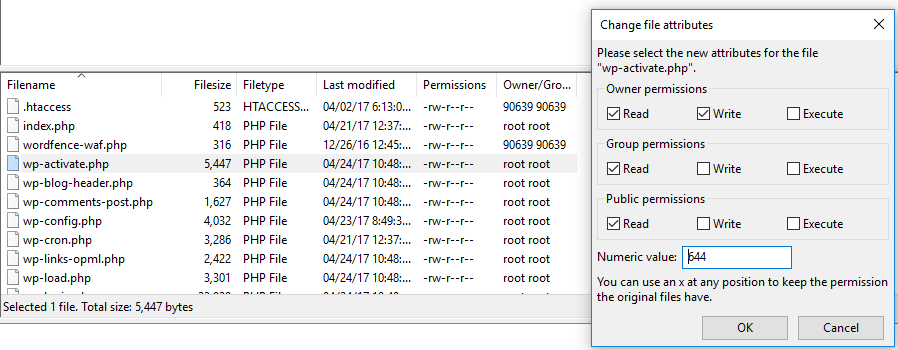
How To Quickly Fix The File And Folder Permissions Error In Wordpress Elegant Themes Blog
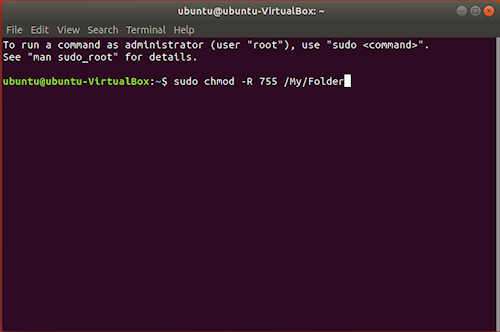
Introduction To Linux File Permissions Attributes Chmod Globo Tech

Chmod Wiki Ask Ubuntu

Linux Concepts File Directory Permissions Hari S Technical Space

Linux Permissions Explained Linux Hint

How To Use The Chmod Command On Linux

Linux File Permissions Tutorial How To View And Change Permission
Q Tbn 3aand9gcs Trmaopb41lzfo2wl Mi6olorurkywaddbudhnw Ne1mor3ct Usqp Cau
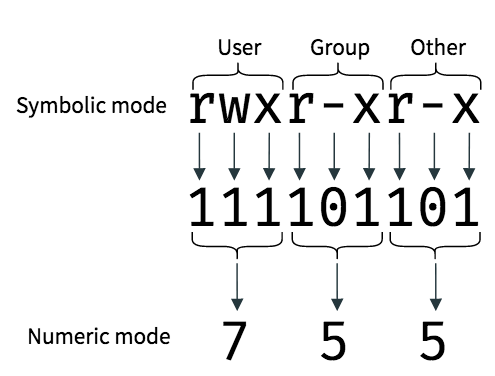
An Introduction To Linux File Permissions Boolean World
Q Tbn 3aand9gcsmtof5oge8os R2lzc9s8y8xkmcm3kyhtt M Kqujtci7flb3h Usqp Cau

Linux Permissions Guide Plex Support

Modifying Linux Unix And Mac File Permissions Drupal Org

Chmod Recursive Change Permissions Recursively On Files Folders
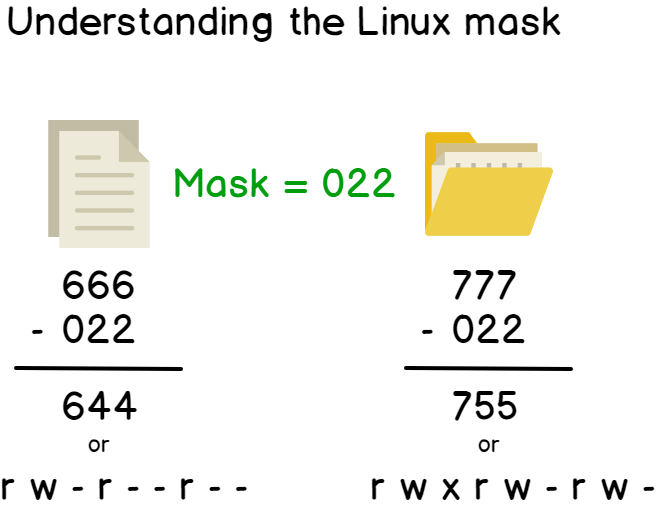
Linux File Permissions Complete Guide Devconnected

How To Change Directory Permissions In Linux Pluralsight

An Introduction To Linux File Permissions Boolean World

Chmod Chown Wsl Improvements Windows Command Line

How To Change Directory Permissions In Linux Pluralsight
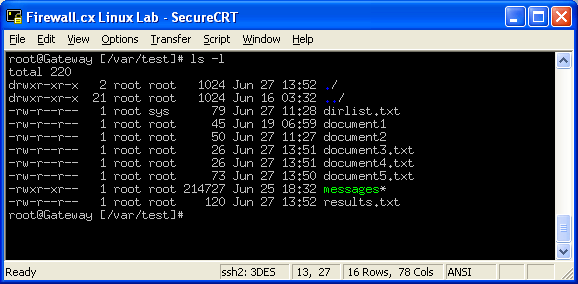
Linux File Folder Permissions
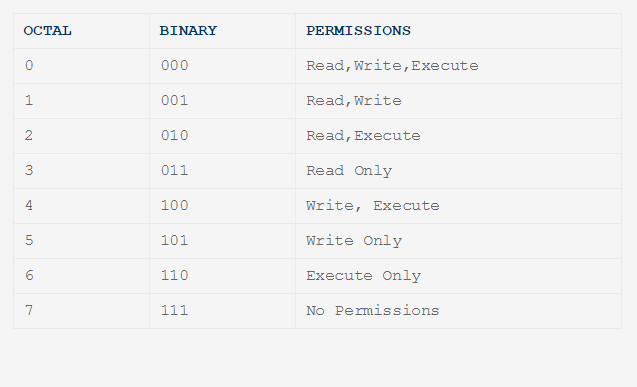
Chmod Directory Read Write And Type
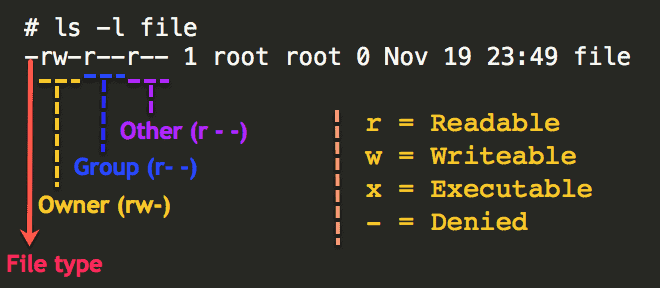
Understanding Basic File Permissions And Ownership In Linux The Geek Diary

Linux Permissions Guide Plex Support

Unix Linux Filesystem Permissions 101
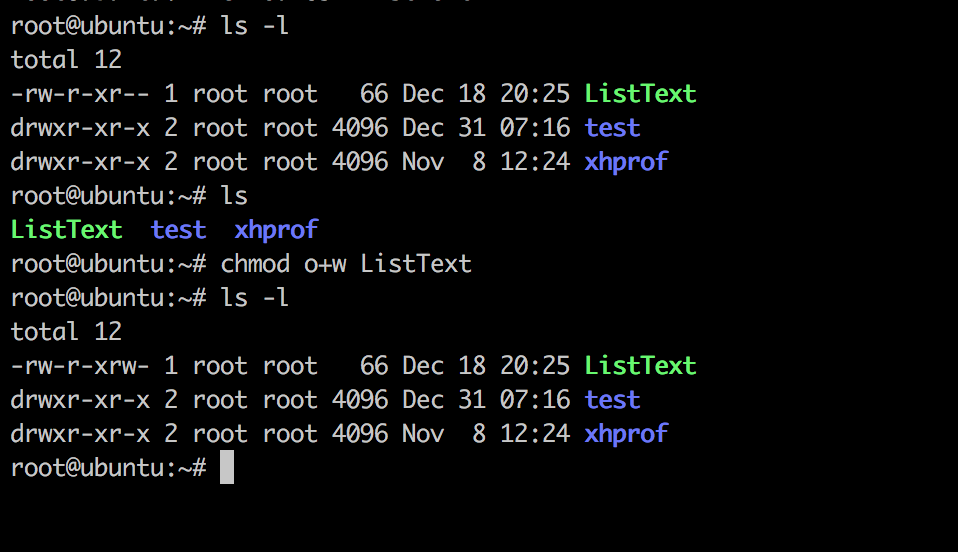
Linux Chmod Command Linuxfordevices

Chmod Wikipedia

Linux File Permissions And Chmod Doug Vitale Tech Blog
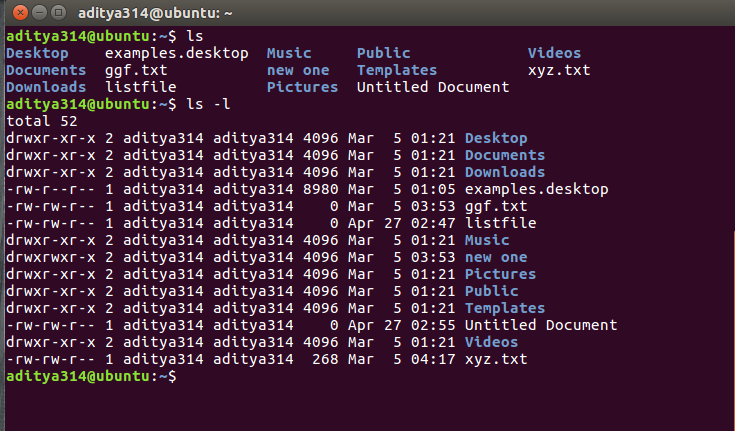
Permissions In Linux Geeksforgeeks

8 Linux Chmod Command Examples To Understand It The Linux Juggernaut

Linux Command Cheat Sheet
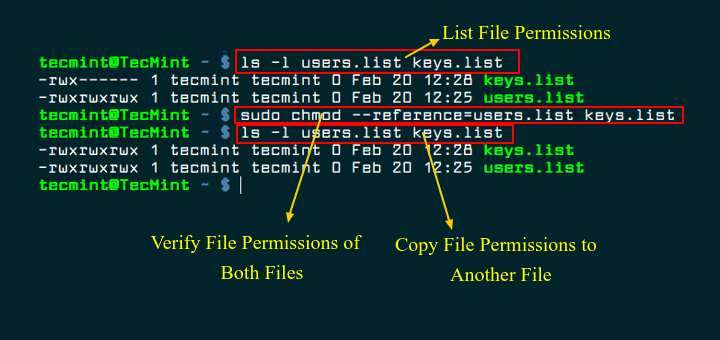
How To Copy File Permissions And Ownership To Another File In Linux
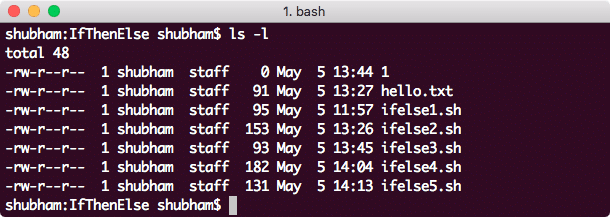
Linux Chmod Example Linux Hint
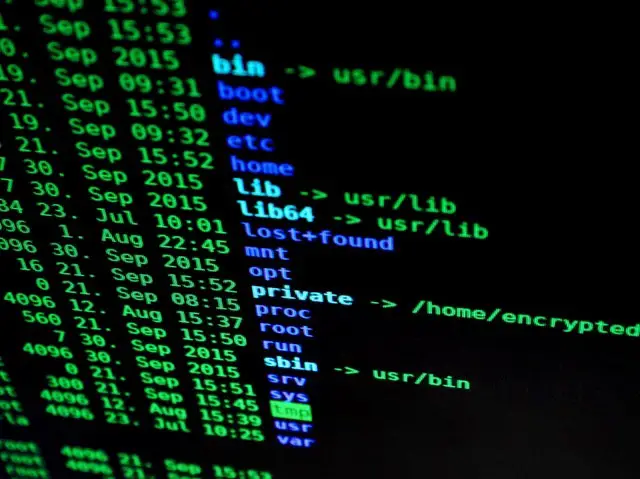
An Introduction To Linux File Permissions Boolean World

Chmod 777 755 655 644 And More Permissions Linux Files Tutorials

Setting File And Directory Access Permissions Plesk Obsidian Documentation

Linux Unix Permissions And Attributes Linuxsecrets

Linux Permissions Guide Plex Support

Chmod 777 In Terminal The Command To Make All Changes Affect Every File And Folder Ask Ubuntu

How To Change File Permissions Recursively With Chmod In Linux
Chmod Cheatsheet Linux
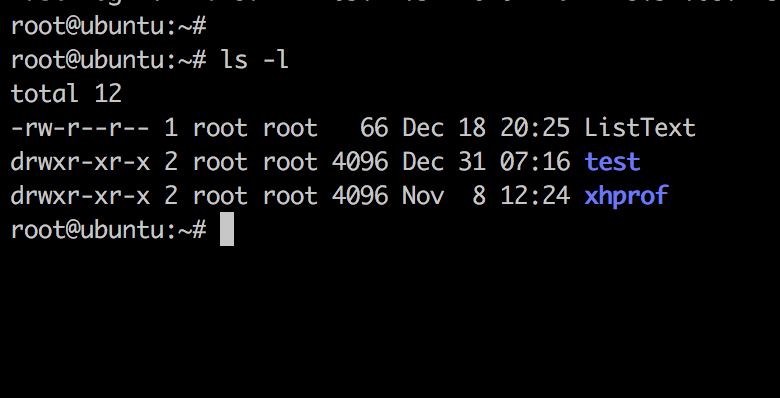
Linux Chmod Command Linuxfordevices

How To Change Directory Permissions In Linux Pluralsight
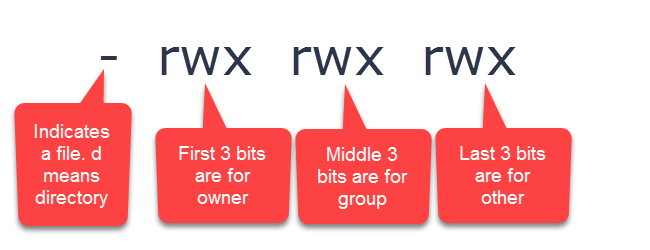
Understanding Linux Permissions And Chmod Usage
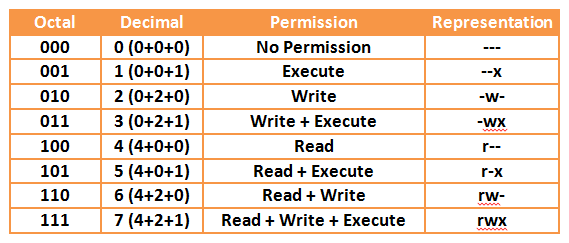
Your Own Linux Chmod Basics Of Files Directories Permissions And Use Of Chmod

Execute Vs Read Bit How Do Directory Permissions In Linux Work Unix Linux Stack Exchange
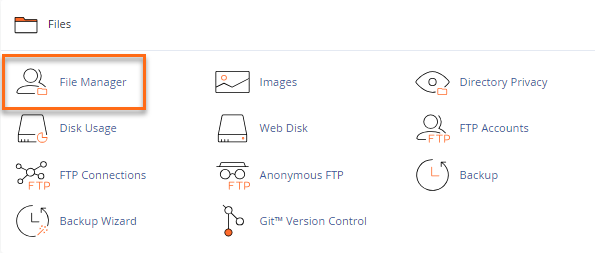
How To Change Permissions Chmod Of A File Hostgator Support

Linux File Permissions Tutorial How To View And Change Permission
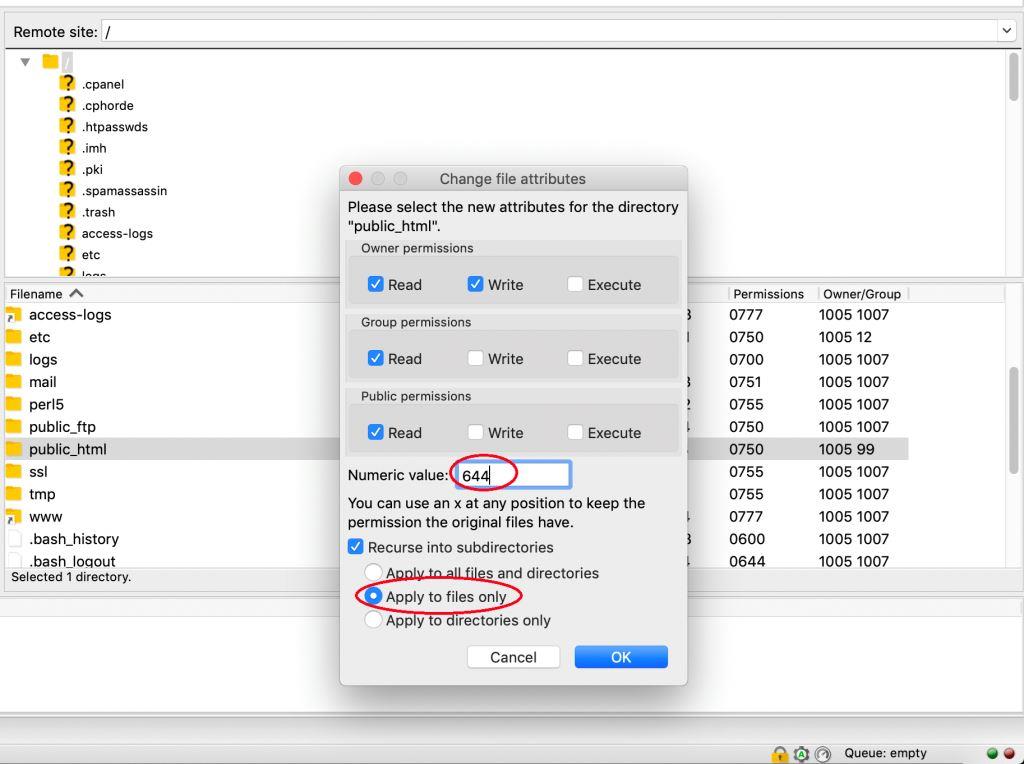
How To Assign The Correct Permissions To My Prestashop Files And Folders Rolige

Changing File Permissions Wordpress Org

Linux Mac And Unix File Permissions Part 1 Steven Barrett Co Uk

9 Quick Chmod Command Examples In Linux

Chmod Recursive Change Permissions Recursively On Files Folders
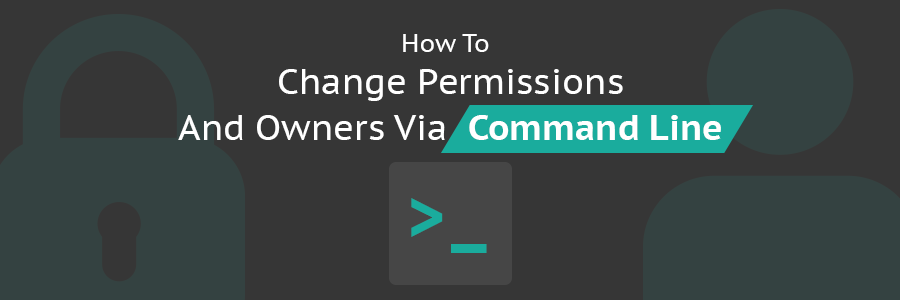
How To Change Permissions And Owners Via Linux Command Line
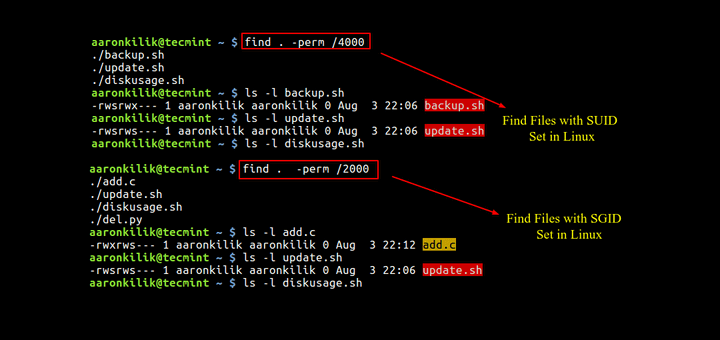
How To Find Files With Suid And Sgid Permissions In Linux

How To Use The Chmod Command On Linux

Linux File Permissions Tutorial How To View And Change Permission

A Unix And Linux Permissions Primer Daniel Miessler
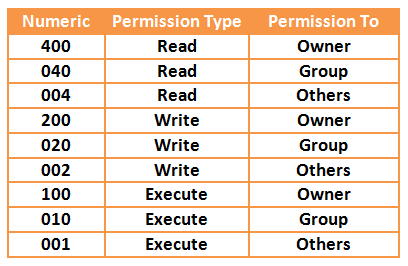
Your Own Linux Chmod Basics Of Files Directories Permissions And Use Of Chmod
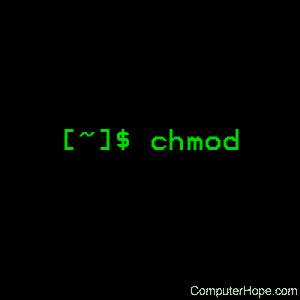
Linux Chmod Command Help And Examples
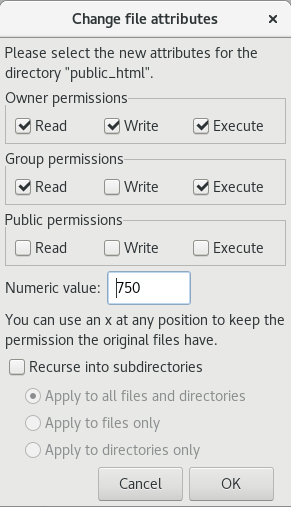
Change Permissions Of Files And Folders In Filezilla In Your Linux Hosting
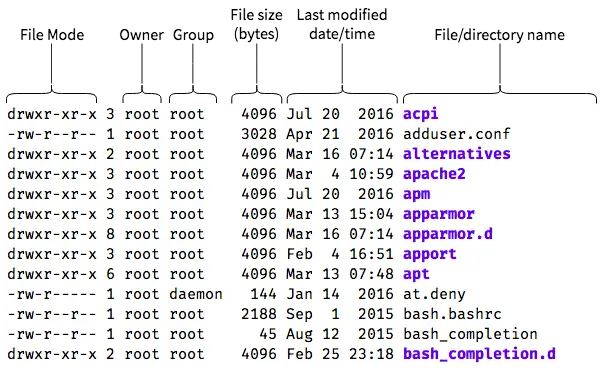
An Introduction To Linux File Permissions Boolean World

Chmod 777 755 655 644 And More Permissions Linux Files Tutorials

Wordpress File Permissions The Guide To Configuring Secure Website Web Server Permissions Security Boulevard

14 Permission And Modification Times

Change Ownership And Rights To Files And Folders In Linux Smashing Lab
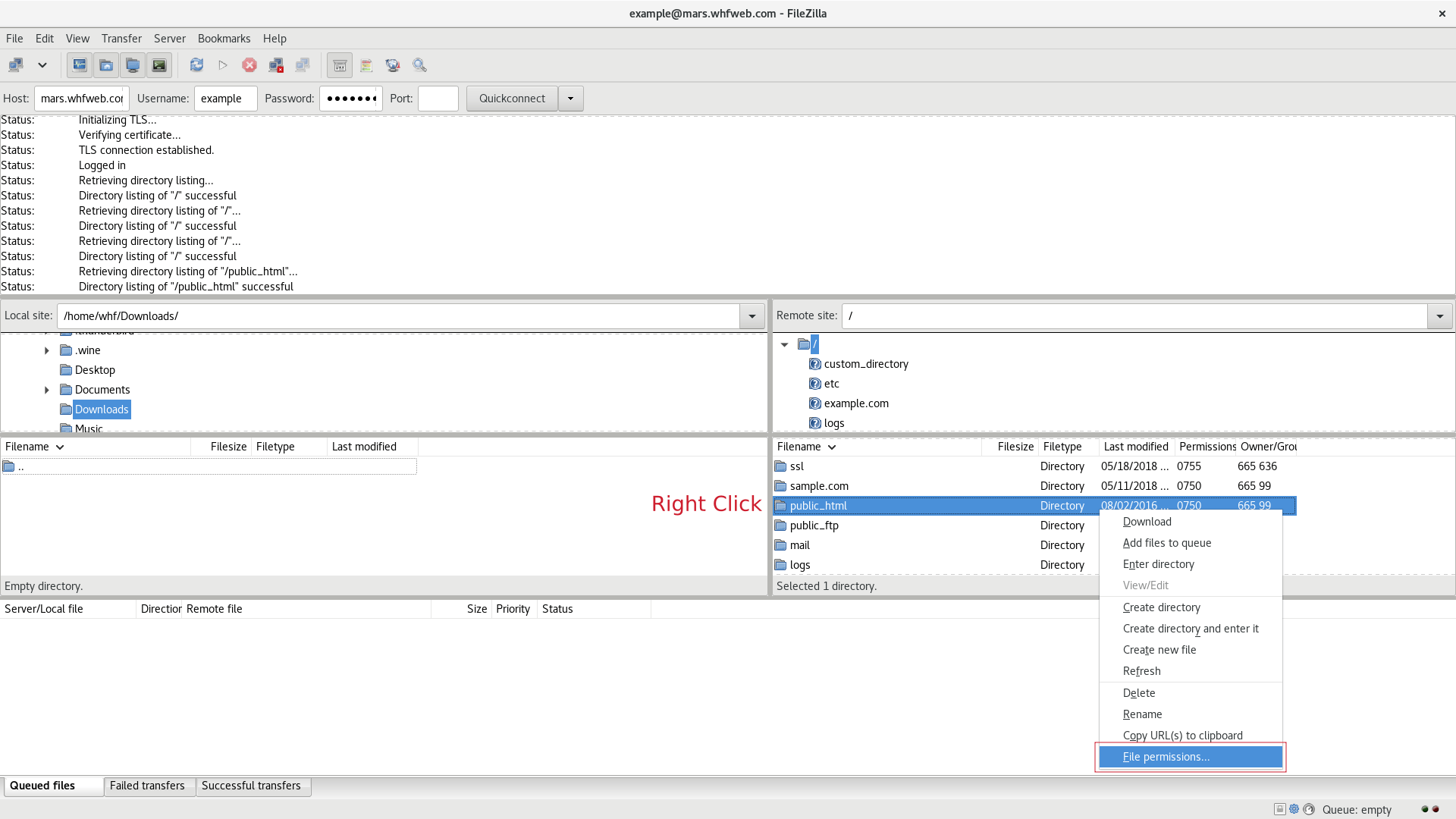
Change Permissions Of Files And Folders In Filezilla In Your Linux Hosting
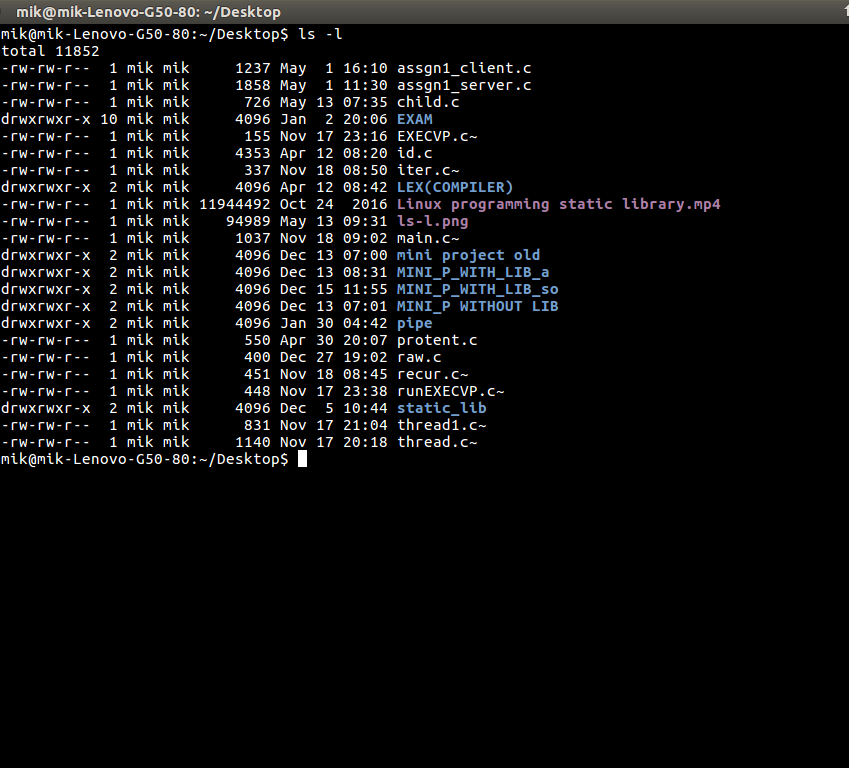
Chmod Command In Linux With Examples Geeksforgeeks

How To Chmod Files Only On Linux

Chmod How To Set File And Directory Permission In Linux Using Chmod Youtube
Q Tbn 3aand9gcs9h1s9aymhgxuiwaruv5svj Iw49oju6dx0zyl3syy0y4ft3ya Usqp Cau
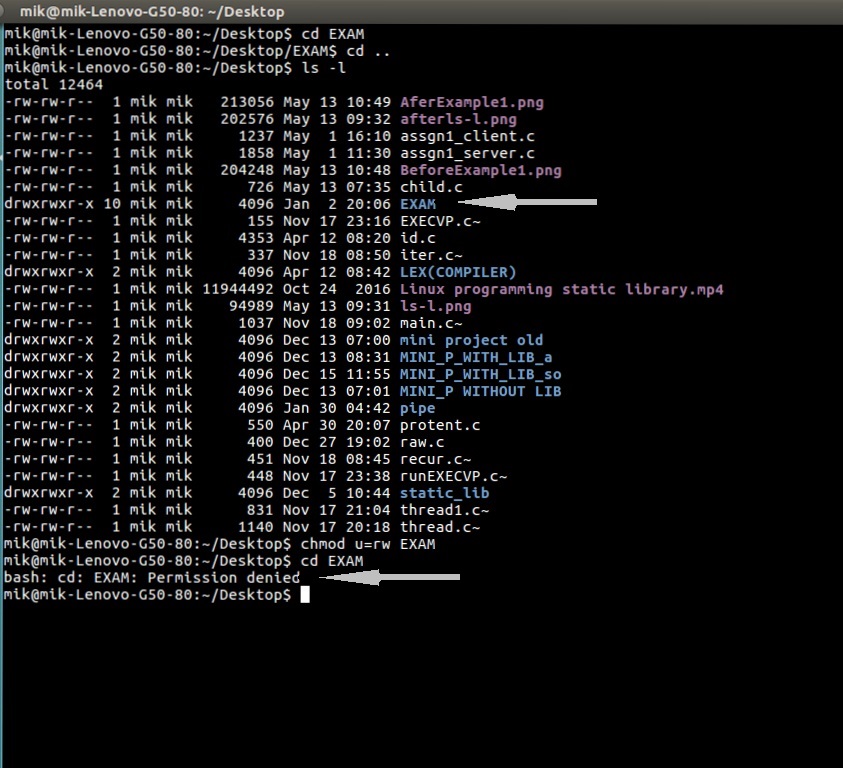
Chmod Command In Linux With Examples Geeksforgeeks

Permissions In Linux Geeksforgeeks
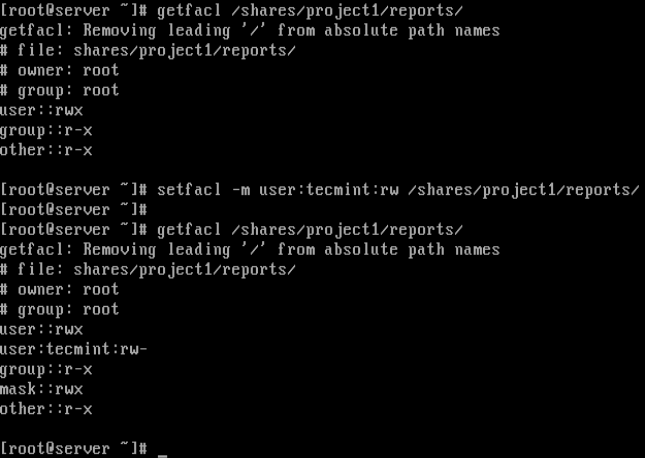
Assign Read Write Access To A User On Specific Directory In Linux

Understanding And Setting Changing Access Privileges On Unix Linux Files And Directories Mode Bits Permissions And Alternative Access Methods Explained Cloud Insidr

Understanding Linux Permissions And Chmod Usage

A Note On Linux Directory Structure Users Permissions Codeproject

How Do Linux File Permissions Work
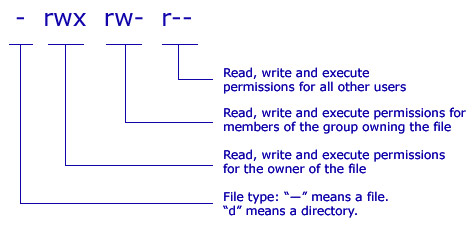
Unix Linux Os X File Permissions

Javarevisited 10 Example Of Chmod Command In Unix Linux

How To Use Chmod And Chown Command In Linux

Linux Chmod Command Tutorial With Examples To Change Permission Of Files And Folders Poftut

How To Copy Files Using The Install Command On Linux

A Note On Linux Directory Structure Users Permissions Codeproject
Your Own Linux Chmod Basics Of Files Directories Permissions And Use Of Chmod

Common Bash Commands
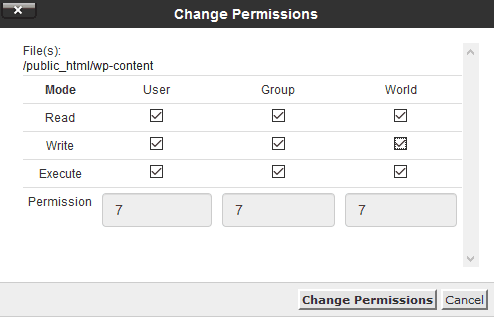
What Is Chmod 777 How To Change File Permissions For Linux Tech Ninja Pro

Unix Permissions The Easy Way Index Of All Chmod Permutations By Semi Koen Sep Towards Data Science
Q Tbn 3aand9gcq1nsq3kxri7ryrifobs2rfobawbv4hezfw9 Ldf4feblahyn09 Usqp Cau

How To Give Read Write Permissions To A Folder In Ubuntu Code Example

Linux File Permissions Tutorial How To View And Change Permission

Use Of Chmod Command In Linux Devopsdex

Linux Permissions Guide Plex Support

How To Modify The File S And Directories Permission In Linux Vasanth Blog
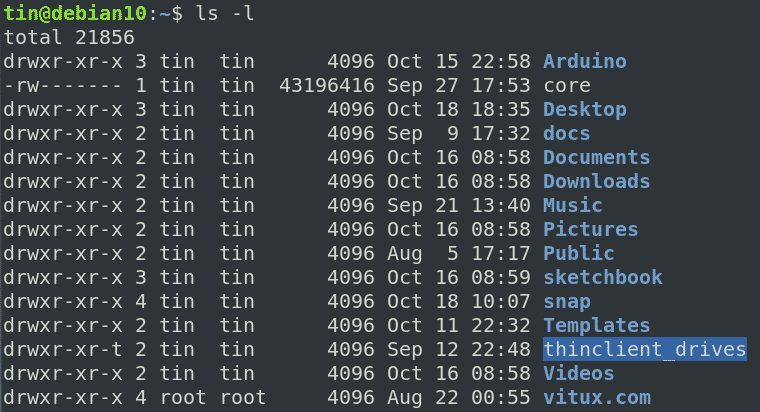
Change File Permissions Recursively Linux Linux Hint

How To Change File Permissions Recursively With Chmod In Linux

Learning The Shell Lesson 9 Permissions

Linux Permissions Guide Plex Support

File Permissions Suid Sgid Sticky Bit Acl Nmcli Ssh And Nmtui Tools For Rhcsa Unixmen

File Permissions In Linux Unix With Example



